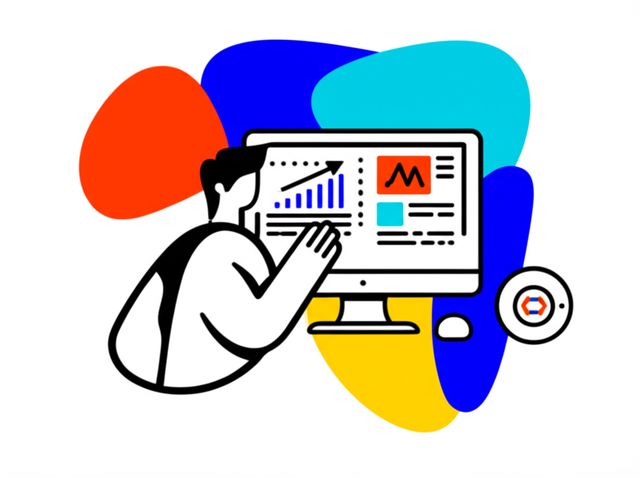Simulation Designer
Simulation Designers develop, plan and administer courses, curriculum and individual educational opportunities using simulations and simulations-based technologies in healthcare, nursing, and other professional fields.
Prerequisites
Obtaining a bachelor's or master's degree in a related field is beneficial. You can also take online courses to learn more about the field.
Skills
Simulation Designers typically need the following skills:
- Computer Literacy
- Simulation Training
- Healthcare Knowledge
- Training Development
- Curriculum Planning
Job Outlook
Employment of Simulation Designers is projected to grow 18 percent from 2019 to 2029, much faster than the average for all occupations. Over the decade, about 11,800 openings for Simulation Designers are projected each year, on average, of which about 2,100 are expected to result from the need to replace workers who leave the labor force.
Tasks
Simulation Designers typically do the following tasks:
- Coordinate with other department heads to ensure learning objectives are being implemented successfully
- In academic settings, teach undergraduate or graduate nursing courses related to health simulation
- Conduct immersive simulations to train, assess, and evaluate healthcare practitioners
- In corporate settings, train employees on the use of new medical and healthcare technologies and equipment, emergency procedures, patient safety, and quality improvement programs
- Troubleshoot simulation equipment
- Maintain a high-fidelity clinical simulation environment
- Develop quality assurance procedures to improve simulations
- Purchase simulation technology and equipment
Challenges
Simulation Designers may face the following challenges:
- Working extended hours to ensure that simulations are up to date and functioning properly
- Keeping up with advances in technology
- Balancing multiple tasks and projects
- Working nights and weekends
- Dealing with difficult students or learners
Projects
Simulation Designers may work on the following projects:
- Developing new simulations to train healthcare professionals
- Evaluating the effectiveness of simulations
- Implementing new simulation technologies
- Teaching courses on simulation
- Conducting research on simulation
Personal Growth
Simulation Designers can experience the following personal growth opportunities:
- Develop a deep understanding of simulation-based learning
- Gain experience in teaching and training
- Develop leadership skills
- Stay up-to-date on the latest simulation technologies
- Make a significant contribution to the healthcare field
Traits
Simulation Designers typically have the following personality traits:
- Patient
- Organized
- Detail-oriented
- Creative
- Problem-solver
Self-Guided Projects
Simulation Designers can complete the following self-guided projects to better prepare themselves for this role:
- Develop a simulation-based training module
- Evaluate the effectiveness of a simulation
- Research a new simulation technology
- Write a report on the latest trends in simulation
- Present a workshop on simulation
Online Courses
Simulation Designers may take online courses to learn more about the following topics:
- Simulation-Based Learning
- Simulation Design
- Simulation Technology
- Medical Education
- Healthcare
By taking online courses, healthcare professionals can gain the skills and knowledge they need to use simulations to improve patient care.
Are Online Courses Enough
Online courses can provide healthcare professionals with a solid foundation in simulation-based learning, but they are not a substitute for hands-on experience. In order to become a qualified Simulation Designer, healthcare professionals should combine online courses with practical experience in a simulation center.


